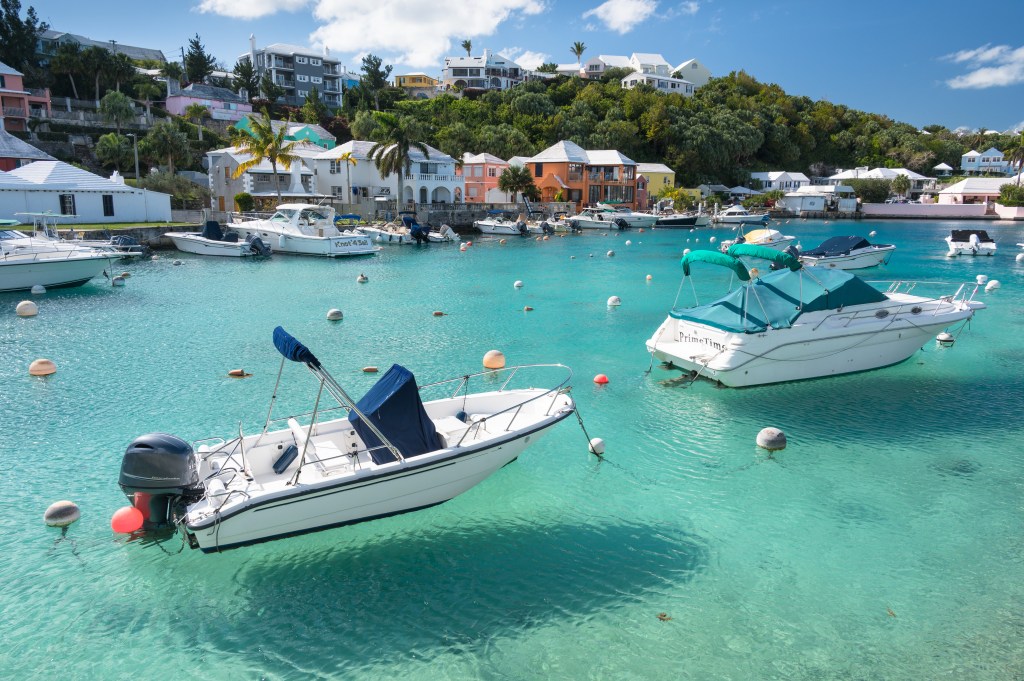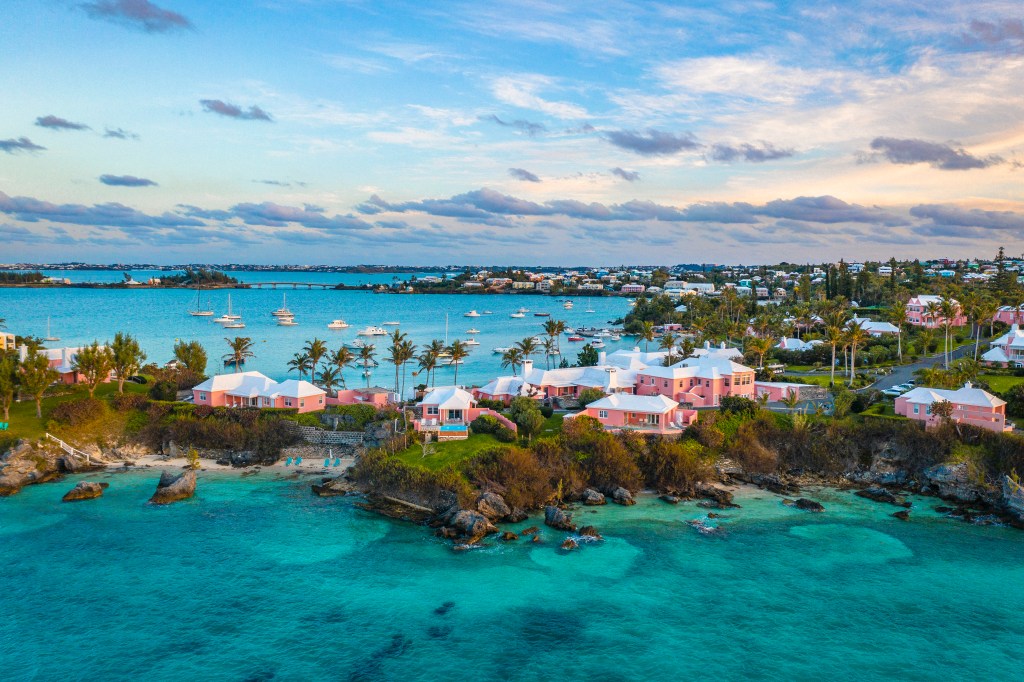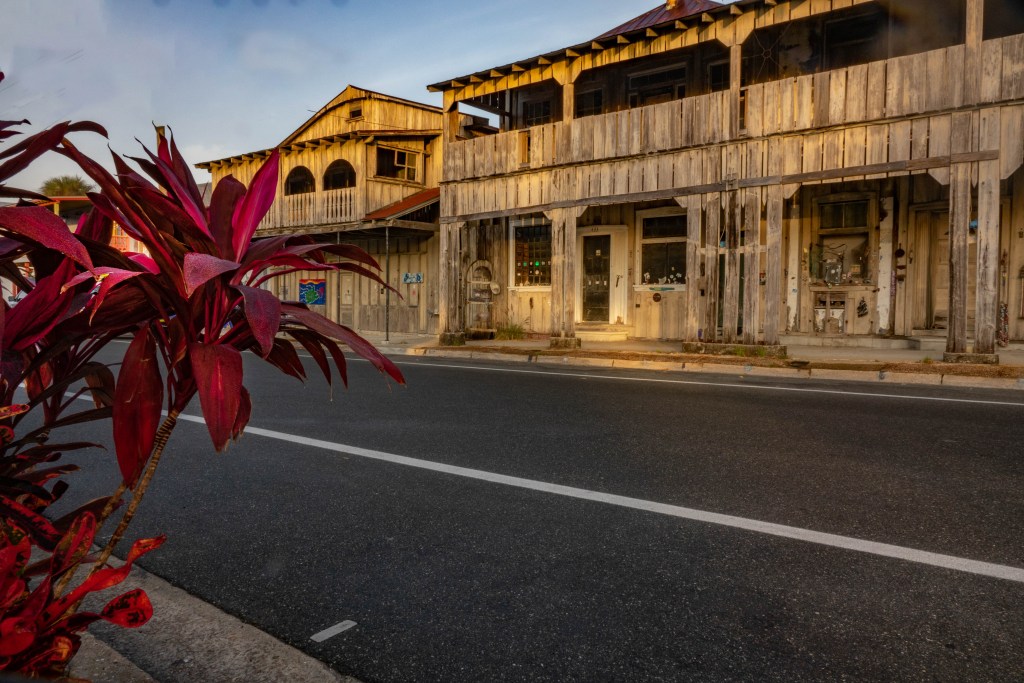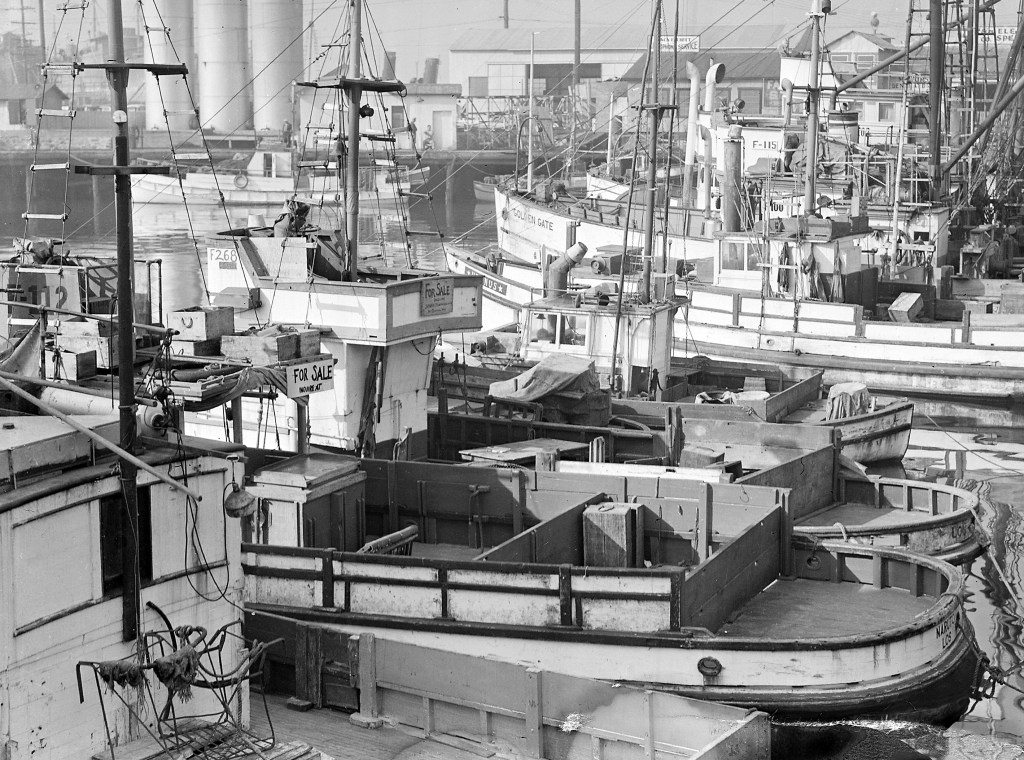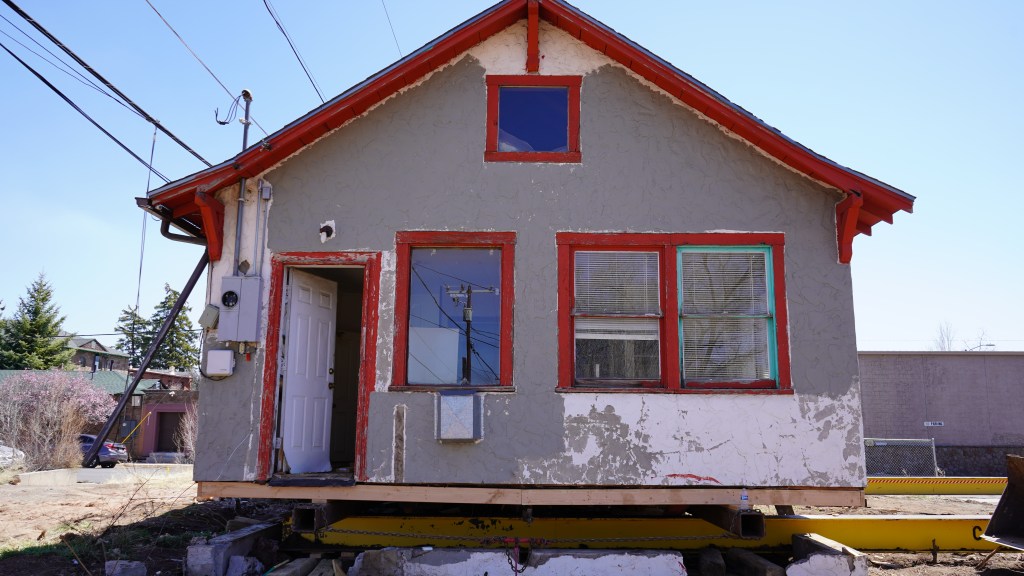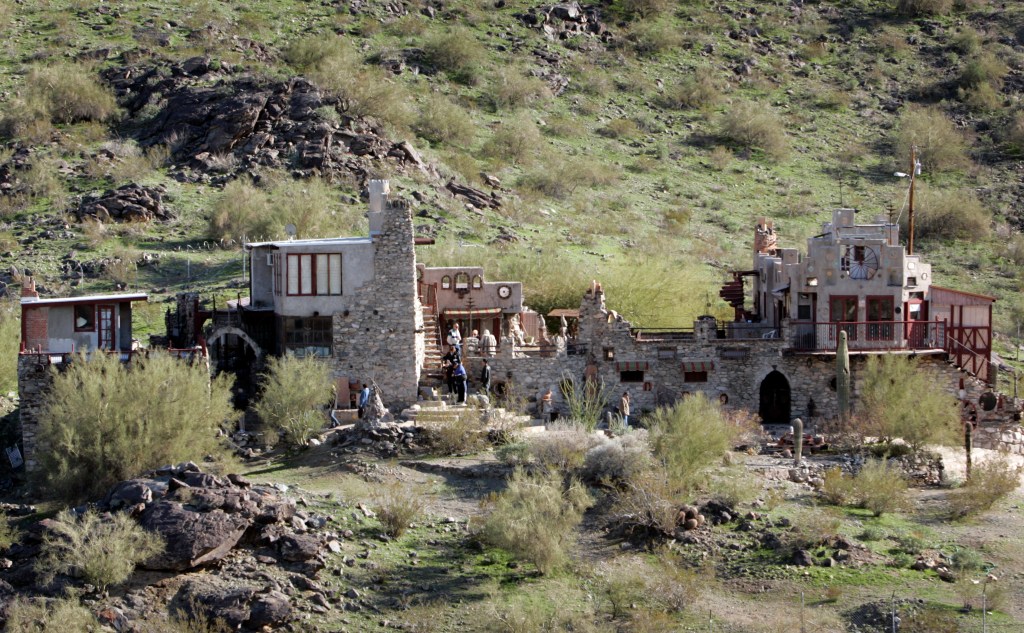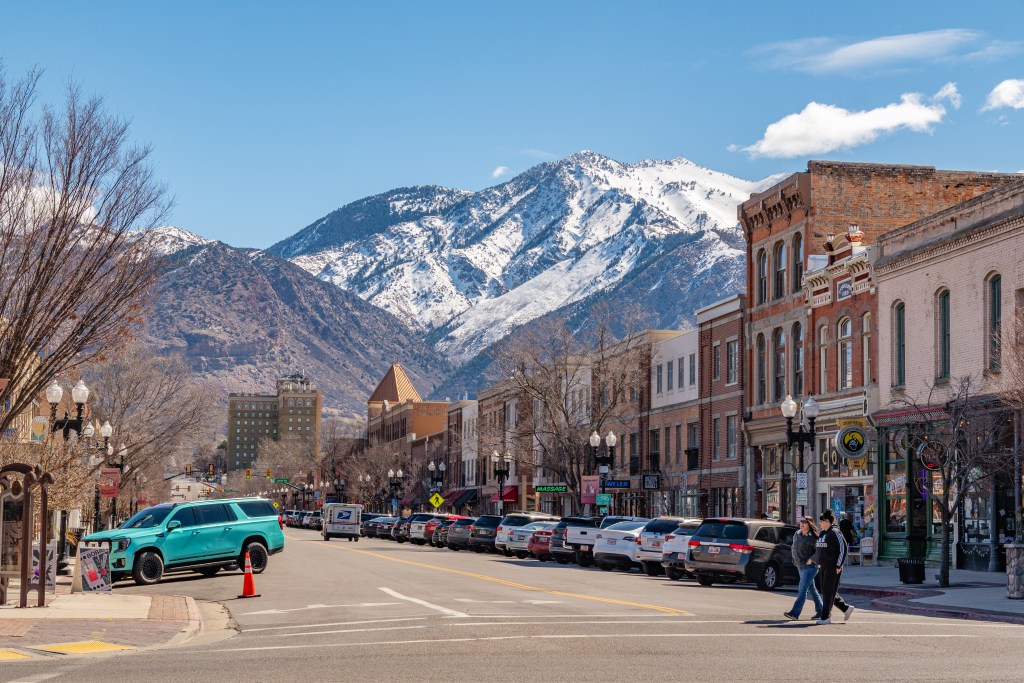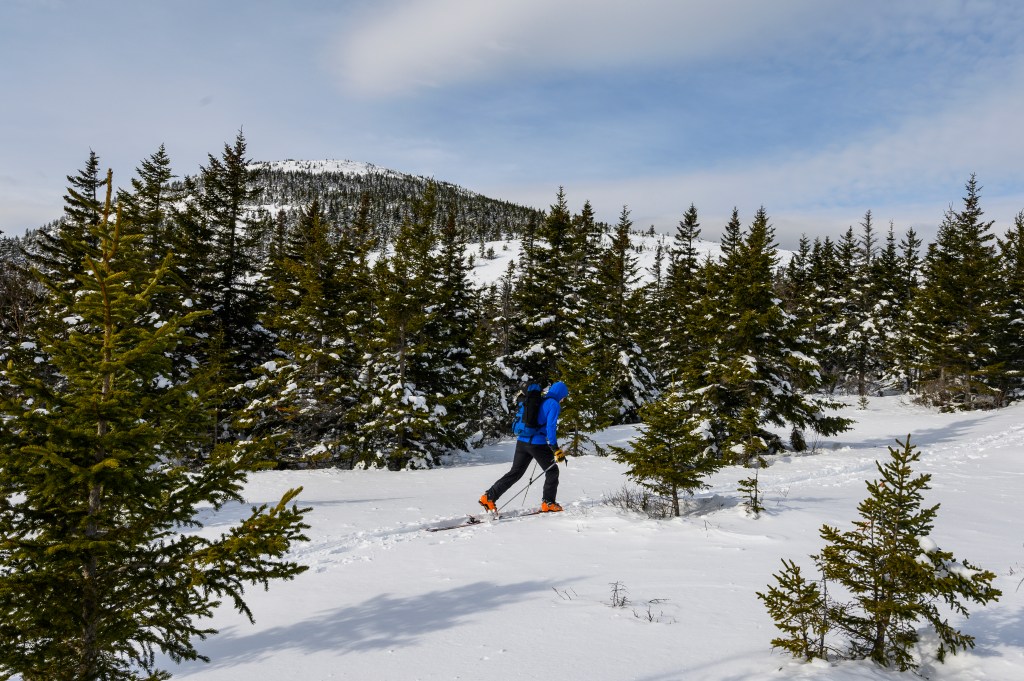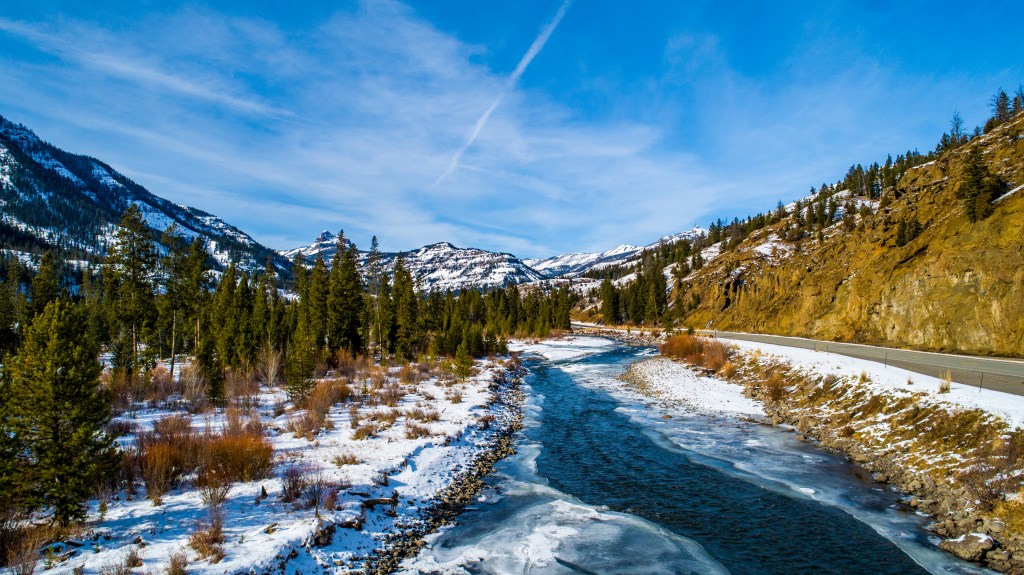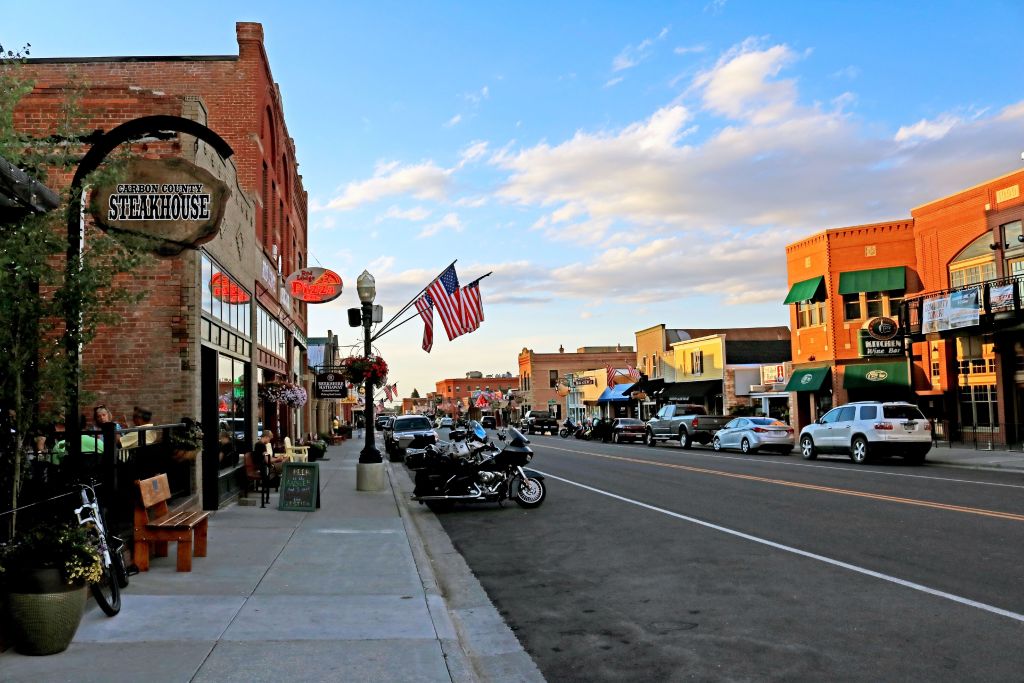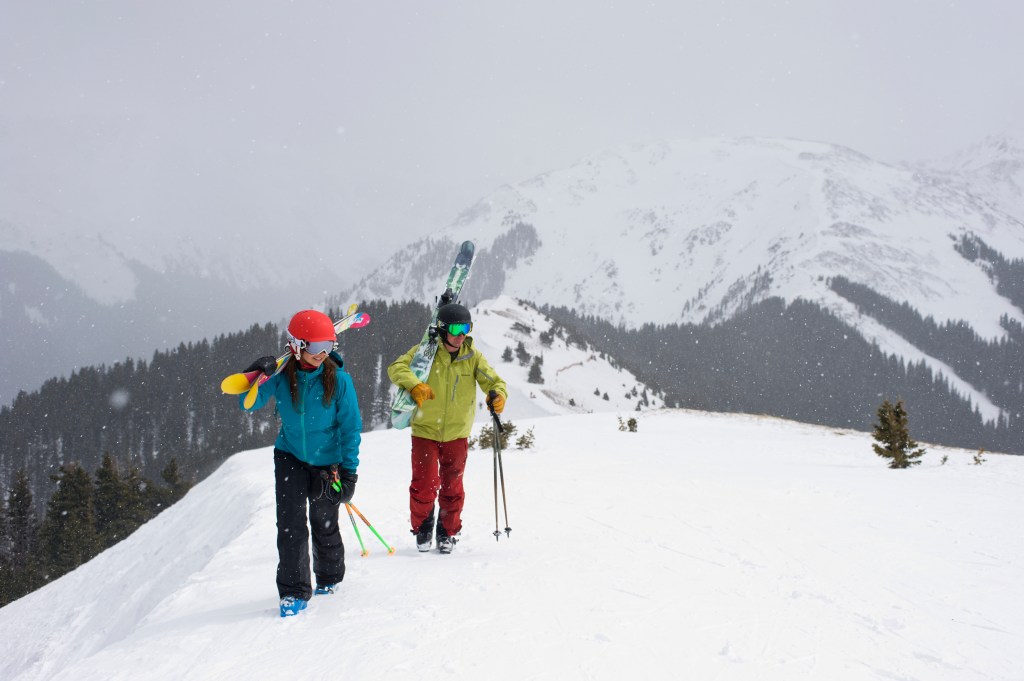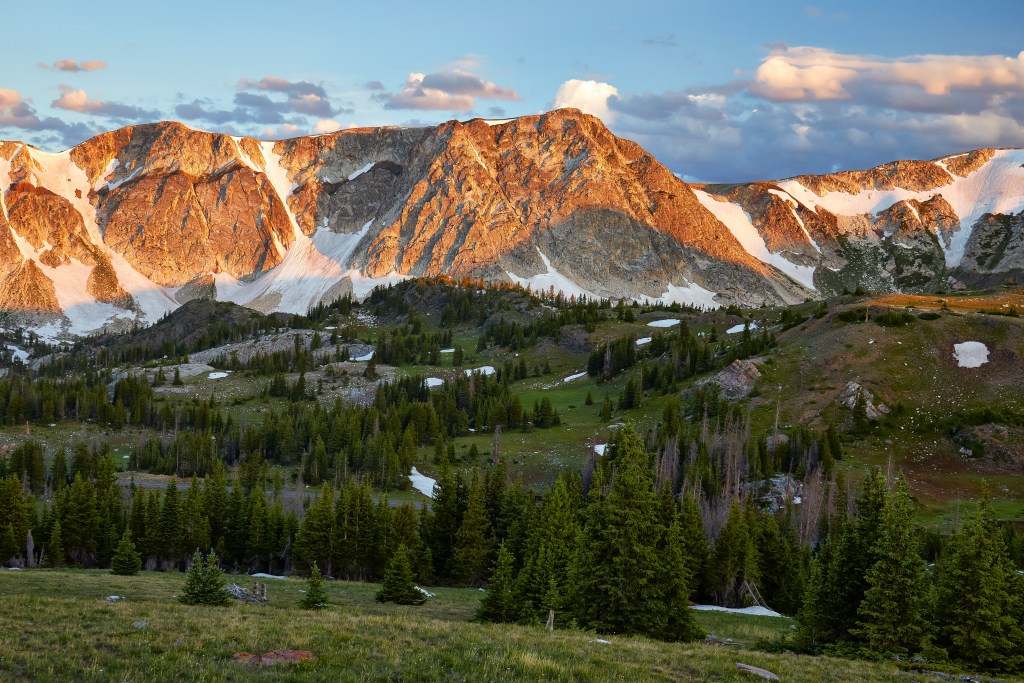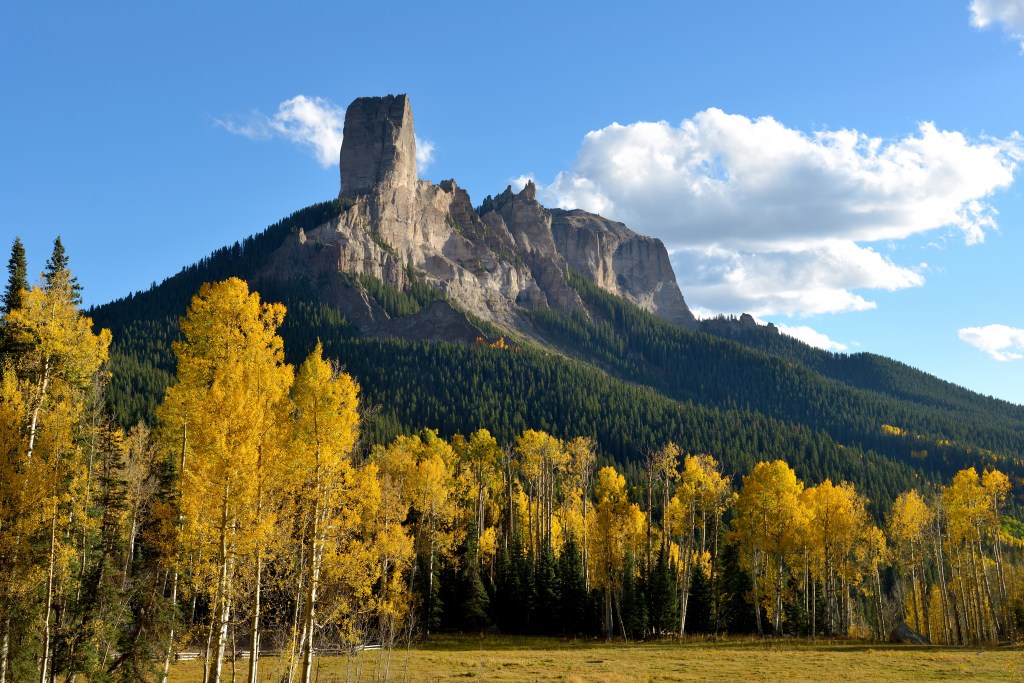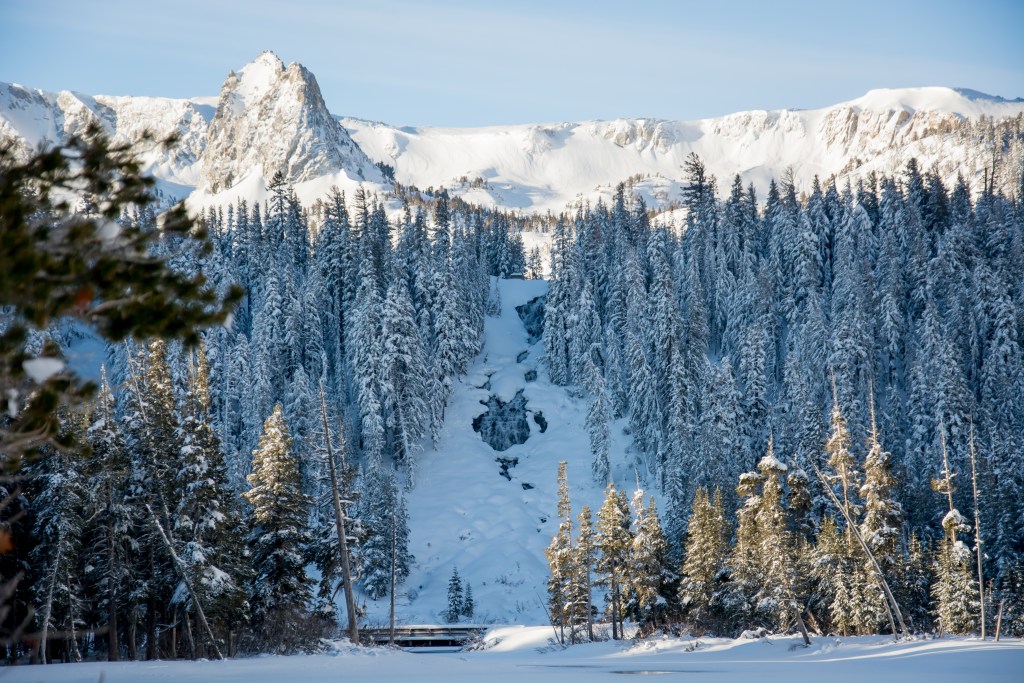Scams in Europe run a pretty big gamut, from fake Airbnbs to pickpocketing.
I like to think I’m pretty accommodating when it comes to scams because many scammers are operating out of necessity.
But there’s one scam that keeps coming back—and it keeps getting more and more expensive for travelers. It’s one that I’ve been subjected to every single time I rent a car. (That’s not an exaggeration.)
What scam am I talking about?
Car rental companies that overcharge for insurance.
Two months ago, my partner booked a car rental for our trip to Sicily in the capital of Palermo. As the trip neared, the company followed up to ask him to finish paying for the rental. In the updated bill, he saw an additional $300 charge for insurance—which wasn’t described as being optional, and was automatically added to the final total.
In reality, that additional insurance charge was absolutely optional.
However, in the car rental company’s online payment portal, there was no way to navigate around the charge… even though the additional insurance charge was optional.
And the only reason I know that is because I write about car rental policy for tourists in Europe.
Here’s what you need to know about being scammed by car rental companies in Europe that force you to pay for insurance.
Car rental scam in Europe: overcharging for insurance by the hundreds
Here’s the beautiful thing about what I’m about to tell you: the European Commission’s Car Rental Rights report has made it extremely easy to see what is and isn’t automatically covered when you rent a car in the EU.
To clarify: there isn’t any specific legislation on car rental rights in the EU, but renters are protected under the Commission’s extensive consumer rights laws.
According to EU legislation directed at consumers, all people who rent a car have the right to clear pre-hire information and a fair contract. That’s the first thing you need to know.
Second, every rental vehicle in the EU needs to be covered by a third-party insurance group. (Brace yourself, the italics are coming back.) And this insurance must be included in the rental’s final quote.
That insurance—which the car rental company must provide—is very basic. You should always check what it covers, but know that deductibles cap out at $2,500. Some are as low as $500.
So, that’s that: you never need to cover car insurance when you rent a car in the EU because it comes with a basic, automatic policy that, at the very most, would cost you $2,500.
But should you opt for better insurance from a car rental company in the EU?
Like I just mentioned, that automatic coverage is very basic. If you’re worried about other risks, dig into the fine print of the car rental’s insurance policy.
Remember: it’s your right to have access to clear pre-hire information.
In addition to the rental company’s automatic third-party insurance, you can also add on coverage for injuries to the driver, vehicle damage, theft, vandalism, and more. Again, make sure you have firm pricing for these policies before making your reservation.
How can you make sure you’re not being overcharged for insurance as part of a car rental scam?
To prevent being overcharged, I suggest putting down a basic deposit to reserve the car, then handling the actual contract later. That gives you the time to figure out if you want to pay for extra insurance or stick with the basic policy.
Signing the contract in person also lets you verify you’re signing the right document—with the right charges.
